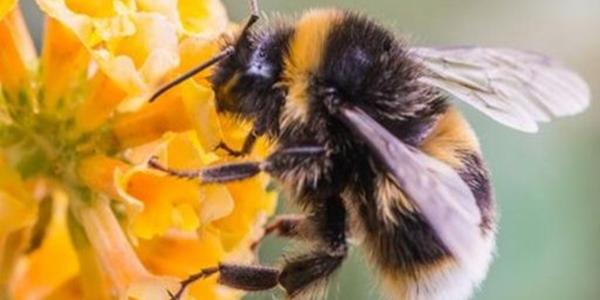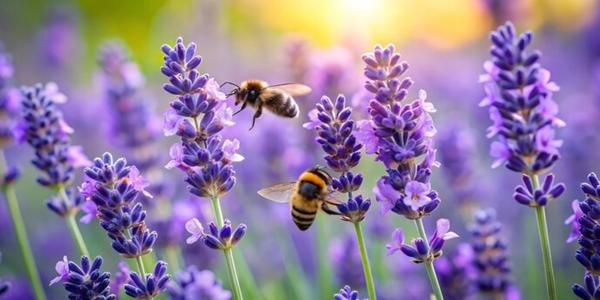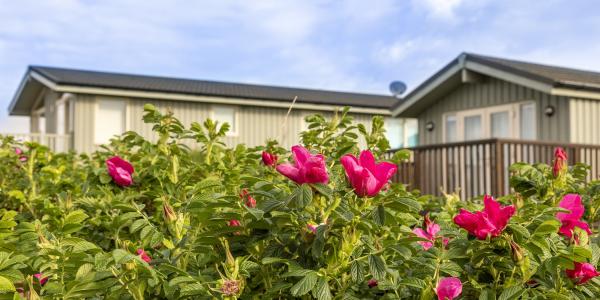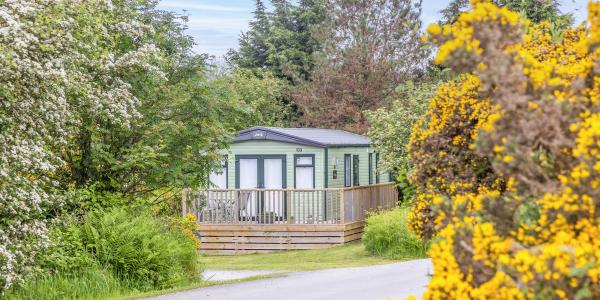Top Bee-Friendly Plants
So, if you’re thinking of helping our local pollinators by having a couple of plant pots inside your decking area, here are some easy, low-maintenance plants that thrive in containers and are loved by bees:
Lavender – bees adore it. It’s hardy, smells amazing and looks great all summer long.
Thyme & Rosemary – Great for cooking and great for bees. These herbs thrive in pots and produce delicate flowers.
Echinacea (Cornflower) – Bright, bold and a magnet for pollinators.
Salvia – Long-flowering and easy to grow. Perfect for adding colour to your outdoor decking space.
Buddleia (Dwarf varieties) – Also known as the ‘butterfly bush’, smaller versions are great in containers and are just as popular with bees.
Cosmos & Calendula – Fast growing annuals that bring a splash of cheer and plenty of nectar.
The key is to choose a variety of plants that flower across the seasons, so there’s always something in bloom. Bees are especially active from early spring through to autumn, so the longer you can provide food, the better.
Don’t forget to add a shallow dish of water, ideally with pebbles for them to land on, and you’ve got a perfect little bee haven!
So next time you’re sitting outside your holiday home, keep an eye out for these tiny visitors. You’ll be surprised just how quickly your pots come to life – and how satisfying it is to be part of the buzz!





